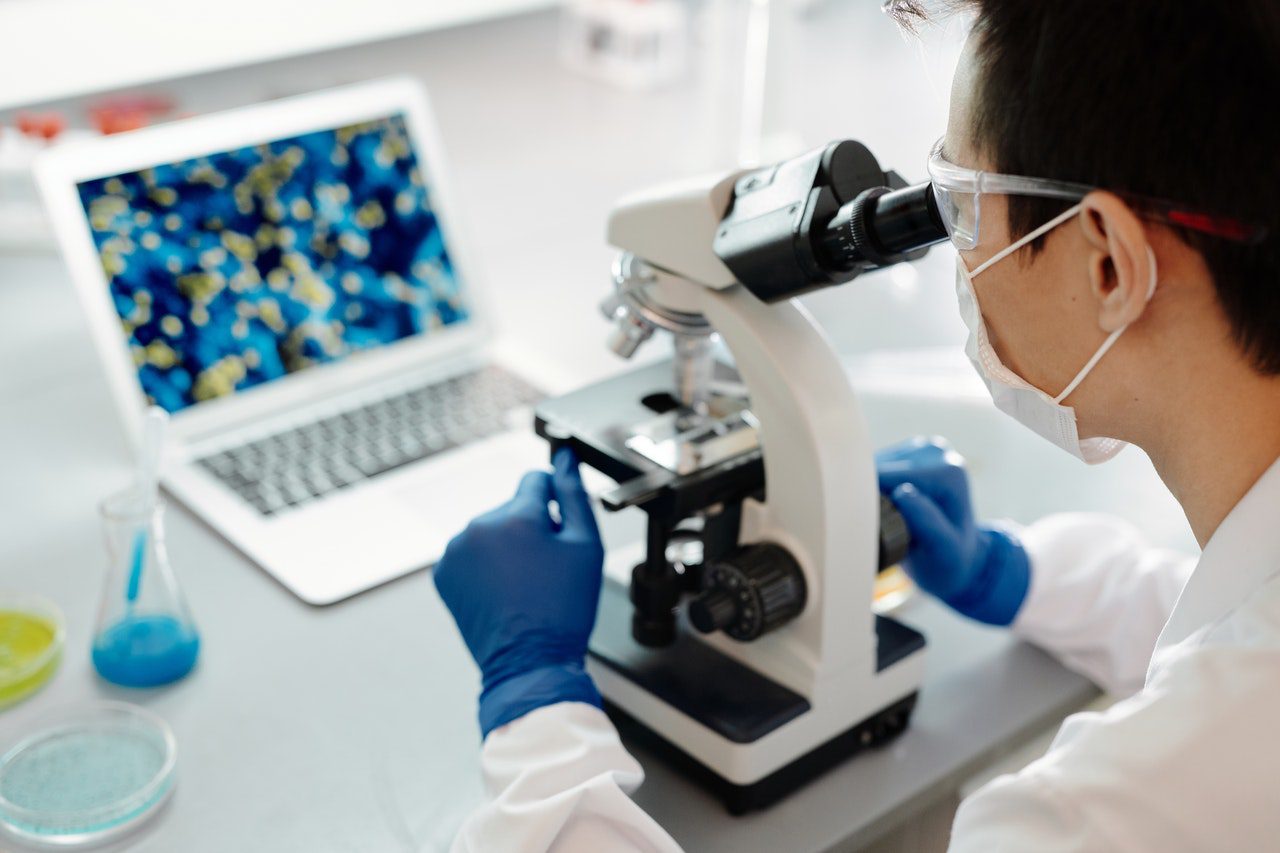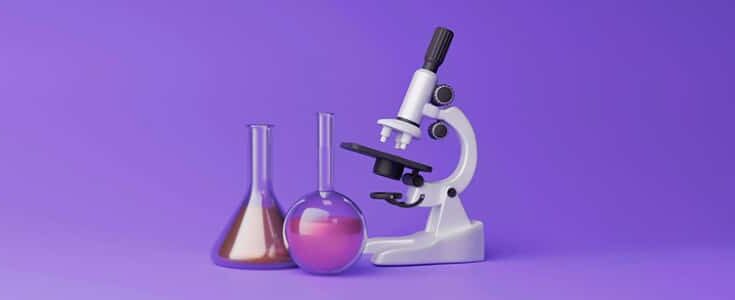The 5 Stages of Life Sciences Development

The COVID-19 pandemic brought a surge of attention to the Life Sciences industry. The world watched with anticipation as researchers and manufacturers raced to develop cutting edge solutions to address an unprecedented global crisis. While remarkable breakthroughs have been made, including lifesaving vaccines, the industry has now found itself under the microscope of public scrutiny. Unfortunately, many individuals are unfamiliar with the processes and procedures adhered to by the scientific community. This disconnect has energized efforts to educate more people about what it takes for a new drug, biologic or medical device to complete the Life Sciences development cycle, from early research and development to the moment when a product finally reaches consumers.
The 5 Stages of Life Sciences Development
According to the U.S. Food and Drug Administration (FDA), there are five key stages of the pharmaceutical, medical device and biologic development life cycle. These stages are known as Discovery/Research & Development (R&D), Preclinical Research, Clinical Research, Manufacturing and Commercialization/Post-Market Research.
Here’s a peek into each step of the process that brings new scientific discoveries to life.
Discovery/R&D
During this first stage, researchers try to identify a new drug, biologic or medical device to develop. Think of it as a scientific brainstorm; there is a ton of trial and error that occurs in this step of the process.
According to the FDA, researchers discover new drugs through a combination of:
- New insights into a disease process that allow researchers to design a product to stop or reverse the effects of the disease.
- Many tests of molecular compounds to find possible beneficial effects against any of a large number of diseases.
- Existing treatments that have unanticipated effects.
- New technologies.
Like any good brainstorming project, this stage of the process can begin with thousands of potential candidates for development. However, early testing will weed out the majority of options until only the very best remain. The overall end goal of the discovery/R&D step is to develop a drug/biologic candidate or medical device prototype.
Preclinical Research
Once there’s a starting point for development, the scientific teams move into the second step – preclinical research. Before testing can begin on human subjects, a process known as clinical trials, extensive preclinical studies must be performed. During this stage, results such as efficacy and toxicity are closely monitored. Preclinical studies or tests are mainly performed in compliance with Good Laboratory Practice (GLS) and Good Scientific Practices (GSP) guidelines to ensure reliability and reproducibility of results.
As noted in the British Journal of Pharmacology, “The ultimate goals of preclinical studies are to accurately model, in animals, the desired biological effect of a drug in order to predict treatment outcome in patients (efficacy), and to identify and characterize all toxicities associated with a drug in order to predict adverse events in people (safety) for informed risk assessment.”
How, then, does a scientific team move from the preclinical stage of the development process to the clinical stage? For this, we return to the FDA guidelines and what is known as an Investigational New Drug (IND) application. This application contains information in three areas: animal pharmacology and toxicology studies, manufacturing information, and clinical protocols and investigator information.
From the point that the IND application is submitted, the teams working on the development must wait at least 30 days before initiating any clinical trials. This gives the FDA an opportunity to review everything thoroughly. In the end, their most important responsibility is to ensure that research subjects will not be subjected to unreasonable risk.
Clinical Research
The third step in the Life Sciences development process is known as clinical research. During clinical research, testing begins on human volunteer subjects. The goal of clinical research is to ensure the product is safe, causes no harm to subject participants and is effective for its intended use.
Here are the three main phases of clinical research as outlined by the FDA:
Phase 1:
- Study Participants: 20 to 100 healthy volunteers or people with the disease/condition
- Length of Study: Several months
- Purpose: Safety and dosage
- Approximately 70% of drugs move to the next phase
Phase 2:
- Study Participants: Up to several hundred people with the disease/condition
- Length of Study: Several months to 2 years
- Purpose: Efficacy and side effects
- Approximately 33% of drugs move to the next phase
Phase 3:
- Study Participants: 300 to 3,000 volunteers who have the disease/condition
- Length of Study: 1 to 4 years
- Purpose: Efficacy and monitoring of adverse reactions
- Approximately 25-30% of drugs move to the next phase
If these phases yield safe and effective results, companies can then file a New Drug Application (NDA) in the hopes of bringing the drug to market. After a thorough examination process that can last between six to ten months, the FDA review team makes the decision whether or not to approve the drug. Following approval, it’s time to move into step four – manufacturing.
Manufacturing
In truth, manufacturing has been happening this whole time! The drug was manufactured during Discovery/R&D, Preclinical and Clinical Research stages; however, this one was done at a very small scale. Now that the drug is approved, larger batches of the drug need to be made so that it can be sold nationwide in a variety of settings, such as hospitals and pharmacies. Manufacturing of drugs, medical devices or biologics is extensively regulated. The FDA ensures that consistent products are released to the market by requiring strict regulations and attention to detail for these facilities.
Commercialization/Post-Market Research
Finally, after months or years of development, the new scientific breakthrough makes it to the final stage – commercialization and post-market research. Yes, the research continues even after the product reaches consumers! While extensive information has been gathered at every step of the process, there will always be limitations to our understanding of a product at the time of approval.
For this reason, the FDA reviews reports of problems and decides whether or not to add cautions to the dosage or usage information. In extreme cases, other measures may be taken to protect consumers from more serious issues. Some examples of FDA oversight that continues once a scientifically developed product hits shelves are regulation for drug advertising, routine manufacturer inspections and programs that allow manufactures, health professionals and consumers to report problems.
Shining a Light on Life Sciences
While many industries have had to pause or downsize, Life Sciences has grown in the COVID-19 era. As skilled professionals race to find the next breakthroughs that will move our communities forward, there is growing interest in the process that brings products from discovery to commercialization in a safe way. These time-tested procedures provide a framework that allow employers and skilled professionals to thrive in a critical industry.
Is your organization looking for top life sciences talent? Let our team of recruitment experts help. Get in touch with Medix today.

Work with a Trusted Healthcare & Life Sciences Staffing Partner
Connect with Medix to get the expertise and resources you need to succeed.



